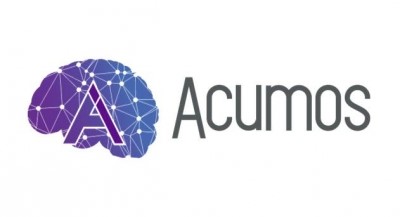
Acumos AI is a platform and open source framework that makes it easy to build, share, and deploy AI apps.
Acumos standardizes the infrastructure stack and components required to run an out-of-the-box general AI environment. This frees data scientists and model trainers to focus on their core competencies and accelerates innovation.

Common NFVI Telco Task Force (CNTT)
Cloud iNfrastructure Telco Taskforce (CNTT) | LF Networking
Fifteen network operators and contributing vendors have assembled to create a common Network Function Virtualization Infrastructure definition (aka Common NFVI Telco Task Force – CNTT).
The expressed goal includes reduced cost, reduced rime to market & reduced complexity of telco operations.
The development of the Reference Model, Reference Architectures, and Reference Implementations are tracked on github wiki. The effort to translate the reference architecture into a reference implementation is performed by the same CNTT participants within the LFN framework. This page serves as the on-ramp to access the materials related to the governance/oversight of this effort.
Tell me more about CNTT & LF Networking
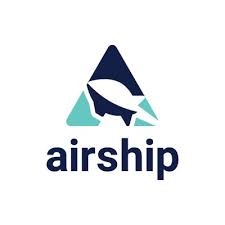
Airship is a collection of open source tools for automating cloud provisioning and management.
Airship provides a declarative framework for defining and managing the life cycle of open infrastructure tools and the underlying hardware. These tools include OpenStack for virtual machines, Kubernetes for container orchestration, and MaaS for bare metal, with planned support for OpenStack Ironic.

Performance is key. Consistency is a must. Providing low latency, high concurrency data management solutions since 2002.
Build high-speed, data-intensive applications that elastically meet performance requirements at any scale.
Take advantage of Apache Geode’s unique technology that blends advanced techniques for data replication, partitioning and distributed processing.
Apache Geode provides a database-like consistency model, reliable transaction processing and a shared-nothing architecture to maintain very low latency performance with high concurrency processing.
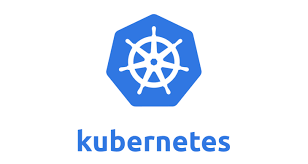
Production-Grade Container Orchestration. Kubernetes (K8s) is an open-source system for automating deployment, scaling, and management of containerized applications. It groups containers that make up an application into logical units for easy management and discovery. Kubernetes builds upon 15 years of experience of running production workloads at Google, combined with best-of-breed ideas and practices from the community.

ONAP provides a comprehensive platform for real-time, policy-driven orchestration and automation of physical and virtual network functions that will enable software, network, IT and cloud providers and developers to rapidly automate new services and support complete lifecycle management. By unifying member resources, ONAP is accelerating the development of a vibrant ecosystem around a globally shared architecture and implementation for network automation–with an open standards focus–faster than any one product could on its own.
![]()
Open Platform for NFV (OPNFV) is a project and community that facilitates a common NFVI, continuous integration (CI) with upstream projects, stand-alone testing toolsets, and a compliance and verification program for industry-wide testing and integration to accelerate the transformation of enterprise and service provider networks. Participation is open to anyone, whether you are an employee of a member company or just passionate about network transformation.
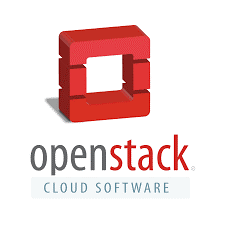
Open source software for creating private and public clouds.
OpenStack software controls large pools of compute, storage, and networking resources throughout a datacenter, managed through a dashboard or via the OpenStack API. OpenStack works with popular enterprise and open source technologies making it ideal for heterogeneous infrastructure.
Tell me more about OpenStack Software
![]()
OpenDaylight (ODL) is a modular open platform for customizing and automating networks of any size and scale.
The OpenDaylight Project arose out of the SDN movement, with a clear focus on network programmability. It was designed from the outset as a foundation for commercial solutions that address a variety of use cases in existing network environments.
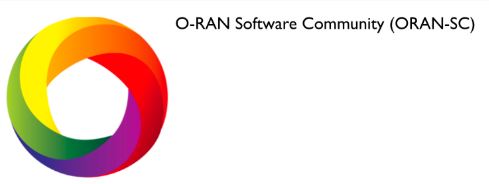
The O-RAN Software Community (SC) is a collaboration between the O-RAN Alliance and Linux Foundation with the mission to support the creation of software for the Radio Access Network (RAN). The RAN is the next challenge for the open source community. The O-RAN SC plans to leverage other LF network projects, while addressing the challenges in performance, scale, and 3GPP alignment. The telecom industry is experiencing a profound transformation and 5G is expected to radically change how we live, work, and play. This means it’s critical to make network infrastructure commercially available as quickly as possible to ensure business success for operators. It’s time to turn to open source, as it is one of the most efficient ways to accelerate product development in a collaborative and cost-efficient way. The O-RAN Software Community is focused on aligning with the O-RAN Alliance’s open architecture and specifications to achieve a solution that can be utilized for industry deployment. As a new open source community under the Linux Foundation, the O-RAN SC is sponsored by the O-RAN Alliance, and will enable the development of open source software enabling modular, open, intelligent, efficient, and agile disaggregated radio access networks.
